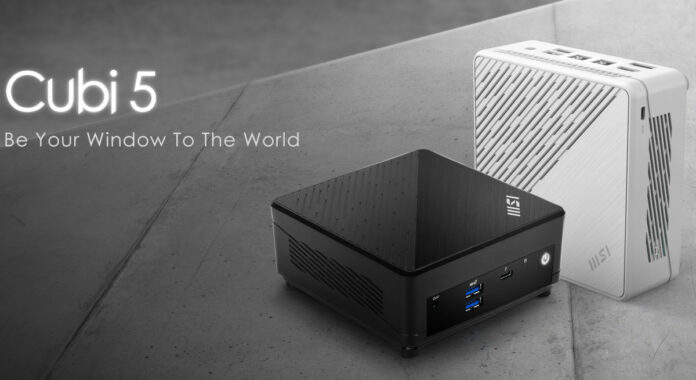MSI has recently launched its mini-PC lineup, powered by the latest Intel Core processors, and designed with productivity in mind. They seek to meet the requirements of a diverse range of industries from SMBs, medical facilities, educational institutions, science labs, as well as the retail and commerce space. Enter the Cubi and Pro DP series.
You would think this would equate to boring off-the-shelf thin-client PCs with low-to-mid range specs and age-old legacy ports that no one ever uses anymore, but that’s not the case here. For example, the Cubi series is both ultra-compact and stylish, with an impressive 0.66l volume. It features all the latest I/O, including Thunderbolt 4 and USB Type-C support, plus blazing-fast 10GbE. Have I piqued your interest yet? Let’s dig in!
Cubi 5 and Cubi N Series
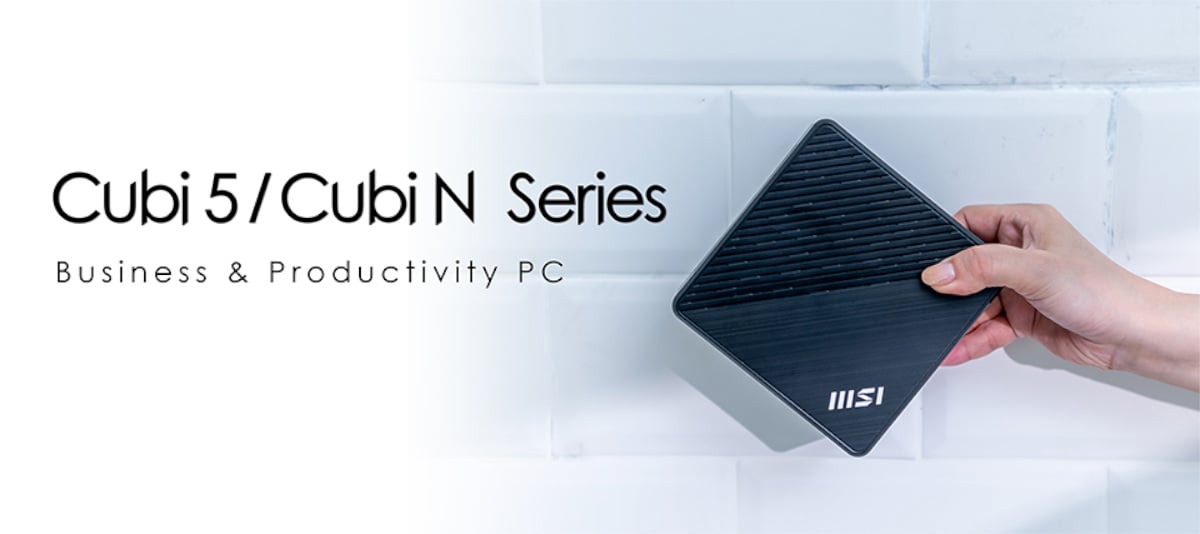
Arriving in two flavours, both models are incredibly small yet equally powerful, with the main takeaway being the Cubi 5 12M is powered by Intel’s 12th Gen Core i7 mobile processors, while the Cubi N ADL is configured with the more power-efficient, energy-sipping N100 and N200 processors.
Under the hood, Cubi 5 12M can be configured with a range-topping Intel Core i7-1255U featuring Intel Iris Xe Graphics, mated with up to 64GB of SODIMM memory at 3,200MHz speeds. Storage is covered by M.2 SSD support, with additional expandability via a 2.5in slot for an SSD or HDD. Meanwhile, Cubi N ADL is understandably limited, only expandable up to 16GB of 3200MHz SODIMM via a single slot, supports Intel UHD Graphics, though loses out on Thunderbolt 4 support.
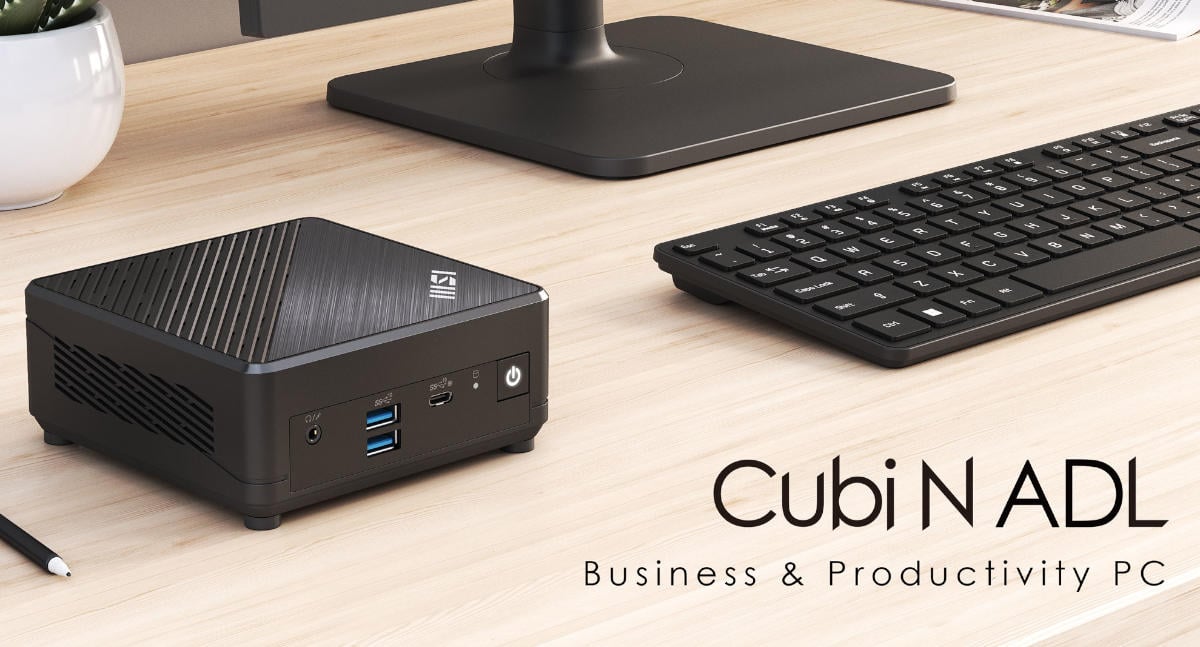
However, both of these systems enjoy a large variety of I/O options. Up front, you get two USB 3.2 Gen 2 Type-A, a single USB 3.2 Gen 2 Type-C (with Thunderbolt 4 on the Cubi 5 12M) and a 3.5mm headphone jack. Whereas the rear features two additional USB 3.2 Gen 2 Type-A ports for Cubi 5 or two USB 2.0 Type A ports for Cubi N. There’s also dual Ethernet ports, where the Cubi 5 again features an additional 10GbE support. Video outputs are a single HDMI 2.0 and DisplayPort 1.4. All this in a sleek 124 x 124 x 53.7mm frame, weighing less than 1.4kg. Impressive.
Pro DP10 and Pro DP21
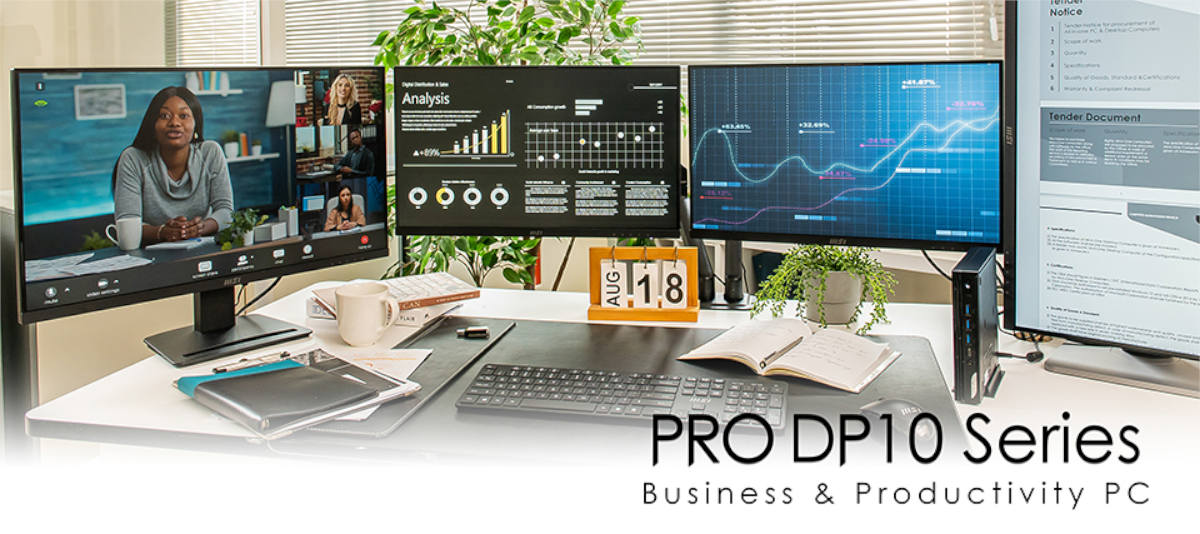
While the names are confusing, it’s simple once you break it down. Pro DP10 13M is a 1.1l volume variant with up to the latest Intel Core 13th Gen Core i7 mobile processors, while the Pro DP21 13M features a 2.3l form factor, powered by Intel’s Raptor Lake processors. You can easily see where the model names originate.
Differences lie within the type of SOCs dedicated to each build, as the Pro 10 is configured with efficiency-conscious 13th Gen P-Series cores inside and a U-Series SoC for the entry-level i3 configuration. Meanwhile, its slightly thicker sibling comes kitted with (up to) a more powerful Intel Core i7-13700 variant on top of an Intel H610 chipset.
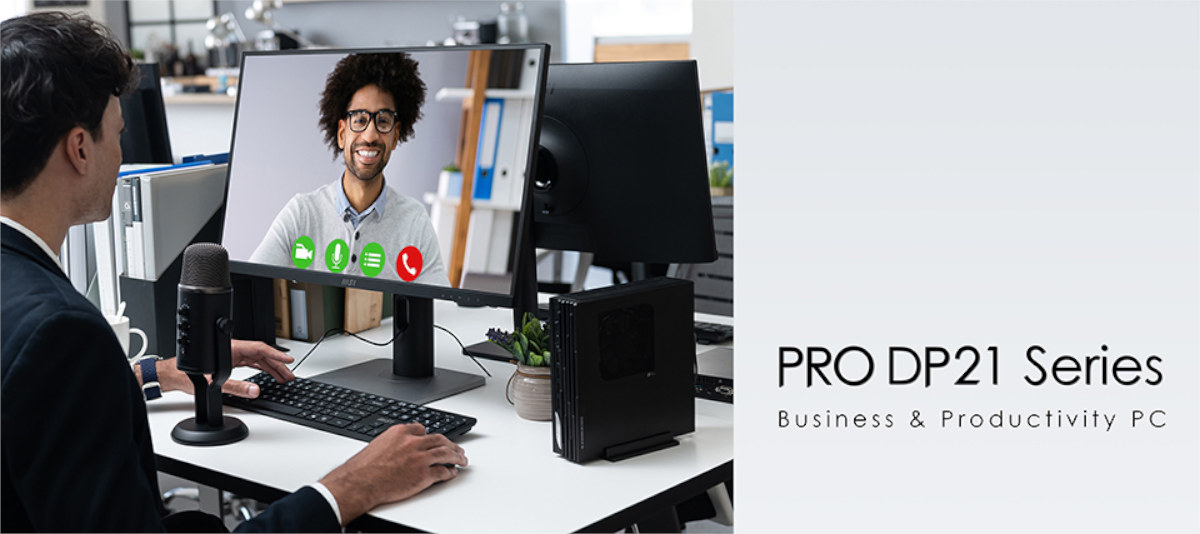
According to the specs sheet, Pro DP21 13M can be configurable with the following Intel Raptor Lake processors:
- i7-13700 — 16C/24T (8P+8E), Up to 5.20GHz, 30MB Smart Cache (64-219W TDP); Intel UHD Graphics 770 (up to 1.60GHz), 32 Execution Units
- i5-13400 — 10C/16T (6P+4E), Up to 4.60GHz, 20MB Smart Cache (65-154W TDP); Intel UHD Graphics 730 (up to 1.55GHz), 24 Execution Units
- i3-13100 — 4C/8T (4P+0E), Up to 4.50GHz, 12MB Smart Cache (60-89W TDP); Intel UHD Graphics 730 (up to 1.55GHz), 24 Execution Units
Meanwhile, Pro DP10 can be configured with the following Intel Raptor Lake mobile processors:
- i5-1360P — 12C/16T (4P+8E), 3.70 – 5.00GHz, 18MB Smart Cache (28-64W TDP); Intel Iris Xe Graphics (up to 1.50GHz), 96 Execution Units
- i5-1340P — 12C/16T (4P+8E), 3.40 – 4.60GHz, 12MB Smart Cache (28-64W TDP); Intel Iris Xe Graphics (up to 1.45GHz), 96 Execution Units
- i3-1315U — 6C/8T (2P+4E), 3.30 – 4.50GHz, 10MB Smart Cache (15-55W TDP); Intel Iris Xe Graphics (up to 1.25GHz), 64 Execution Units
All of the above marry with up to 64GB of SODIMM memory running at up to 3,200MHz speeds, while storage support lists a primary M.2 SSD slot and a 2.5in slot for additional HDD and SSD storage expandability.
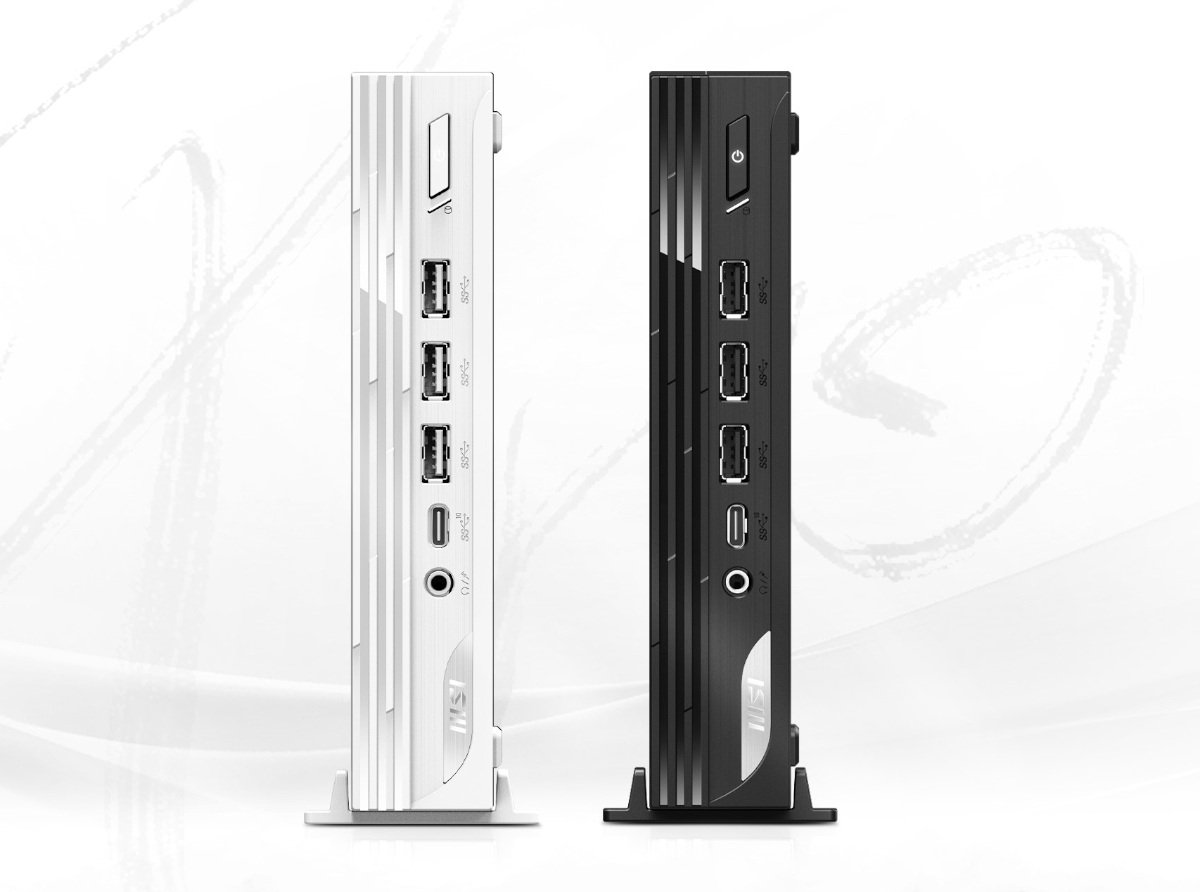
Up front, I/O configuration for the Pro DP10 includes a single USB 3.2 Gen 2 Type-C, three USB 3.2 Gen 1 Type-A and a single mic-in / headphone-out combo. While the rear features a single Thunderbolt 4 port, two USB 3.2 Gen 1 Type-A ports, a single Ethernet port, and HDMI 2.0, DisplayPort 1.4 and 1x VGA legacy port (switchable to a COM port) for display purposes. Meanwhile, Wi-Fi 6E with Bluetooth 5.3 provides the end user with wireless connectivity.
On the other side of the spectrum, Pro DP21 supports four USB 2.0 Type-A connections, and dual mic-in / audio-out ports up front, while the rear features a single USB 3.2 Gen 2 Type-C, one USB 3.2 Gen 2 Type-A port, two USB 3.2 Gen 1 Type-A connections, an RJ45 Ethernet port, HDMI 2.0, DisplayPort 1.4 for video connectivity, as well as a COM port, and another dual mic-in, line-out connection for audio. Whew.
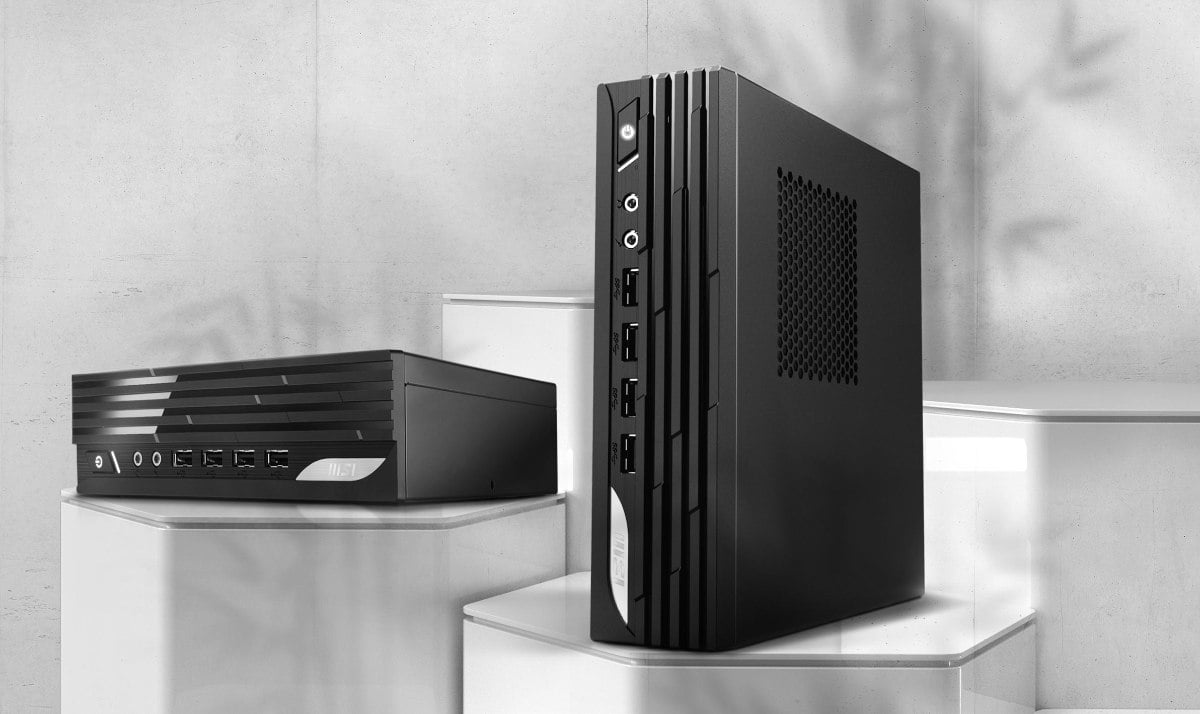
Last but not least, all chassis include noteworthy security features such as TPM 2.0, a physical Kensington lock, and are VESA-mount-compatible. Simple yet effective features ideal for public work spaces and business environments.
If you’re interested, MSI’s latest mini PC series are all available for purchase via the following links:

